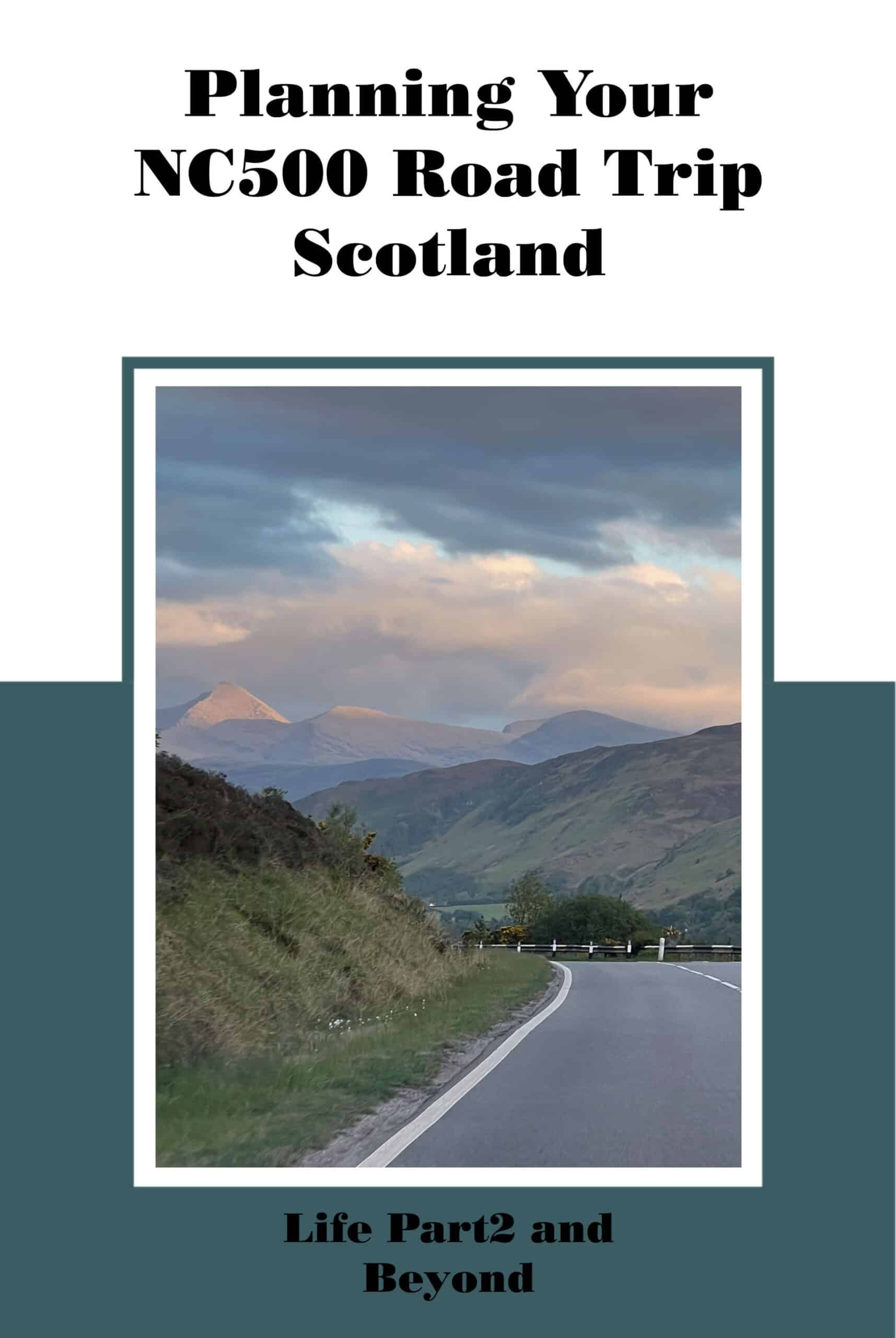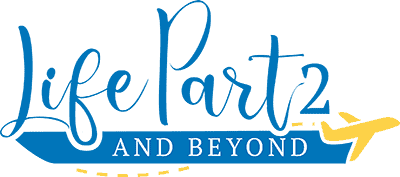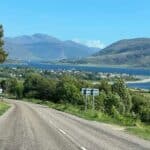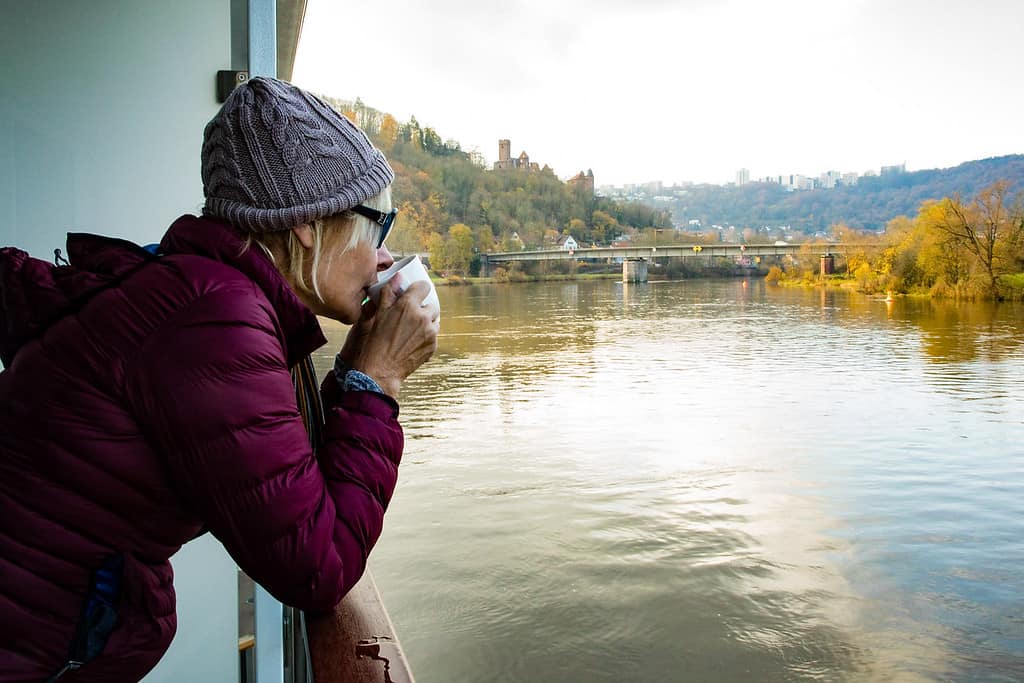Last Updated on September 20, 2025 by Sarah Wilson
The North Coast 500 (NC500) is a scenic driving route that loops around the northern coast of Scotland, starting and ending in Inverness. Driving the North Coast 500 (NC500) is often described as one of the best road trips in the world—and after doing it, I can see why. From dramatic mountain passes to white-sand beaches, ancient ruins to sleepy coastal villages, there’s barely a dull stretch.
My friend Claire and I travelled anti-clockwise along the NC500 in May, starting in Inverness and heading up the east coast before looping around the north and dropping down the rugged, jaw-dropping west. The views were impressive all around, but the west coast absolutely stole the show—the wild landscapes were just stunning.
Along the way, we stayed in a mix of hostels and B&Bs, tried (mostly unsuccessfully) to spot wildlife, upgraded our rental car thanks to a flock of seagulls using our car as a toilet, and a donkey bit me. It was everything a road trip should be: scenic, unpredictable, and full of stories.
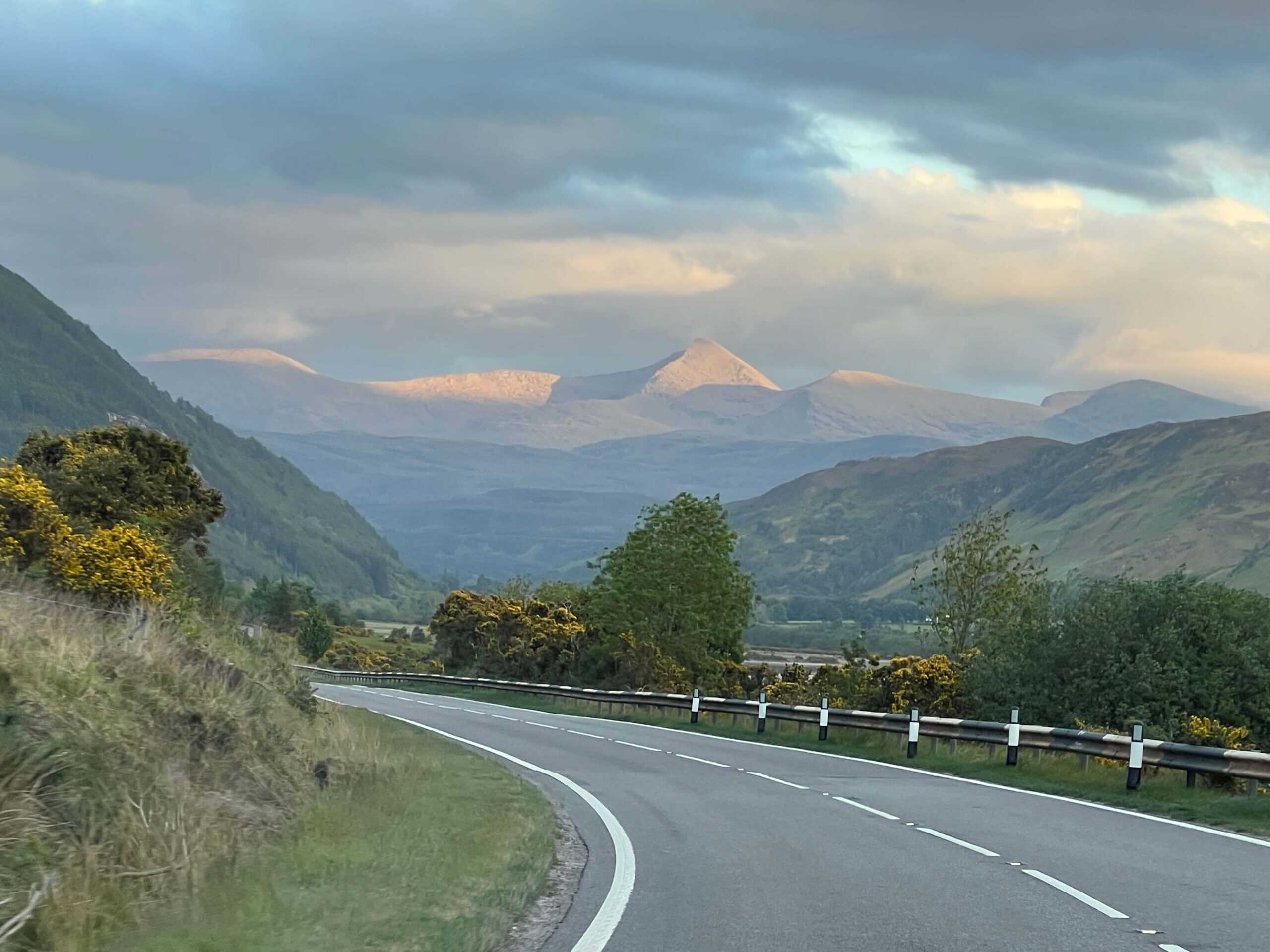
Here are my top tips and favourite moments from our NC500 road trip—plus a few quirks that made the journey uniquely ours.
Go Anti-Clockwise for a Strong Finish
There’s no right or wrong way to do the NC500, but going anti-clockwise worked well for us. The east and north coasts are a slow build—more gentle in landscape and pace—before the west coast hits you with rugged peaks, winding roads, castle ruins, and beaches you won’t believe are in the UK. If you want to save the most dramatic scenery for last, this is the way to go.
Skip the Campervan – and Book Accommodation Early
We took the trip by car (actually, we would have loved a campervan, but they were out of our budget) and stayed mainly in hostels to keep costs down, opting for self-catering when possible. It was practical and budget-friendly, though after a few nights in shared dorms, I realised I am far too old for that kind of travel! Next time, private rooms or simple guesthouses all the way.
Be aware that accommodations fill up quickly, especially on the West Coast and during peak months. I recommend booking your main stops in advance—unless you’re planning to wild camp (and doing it responsibly).
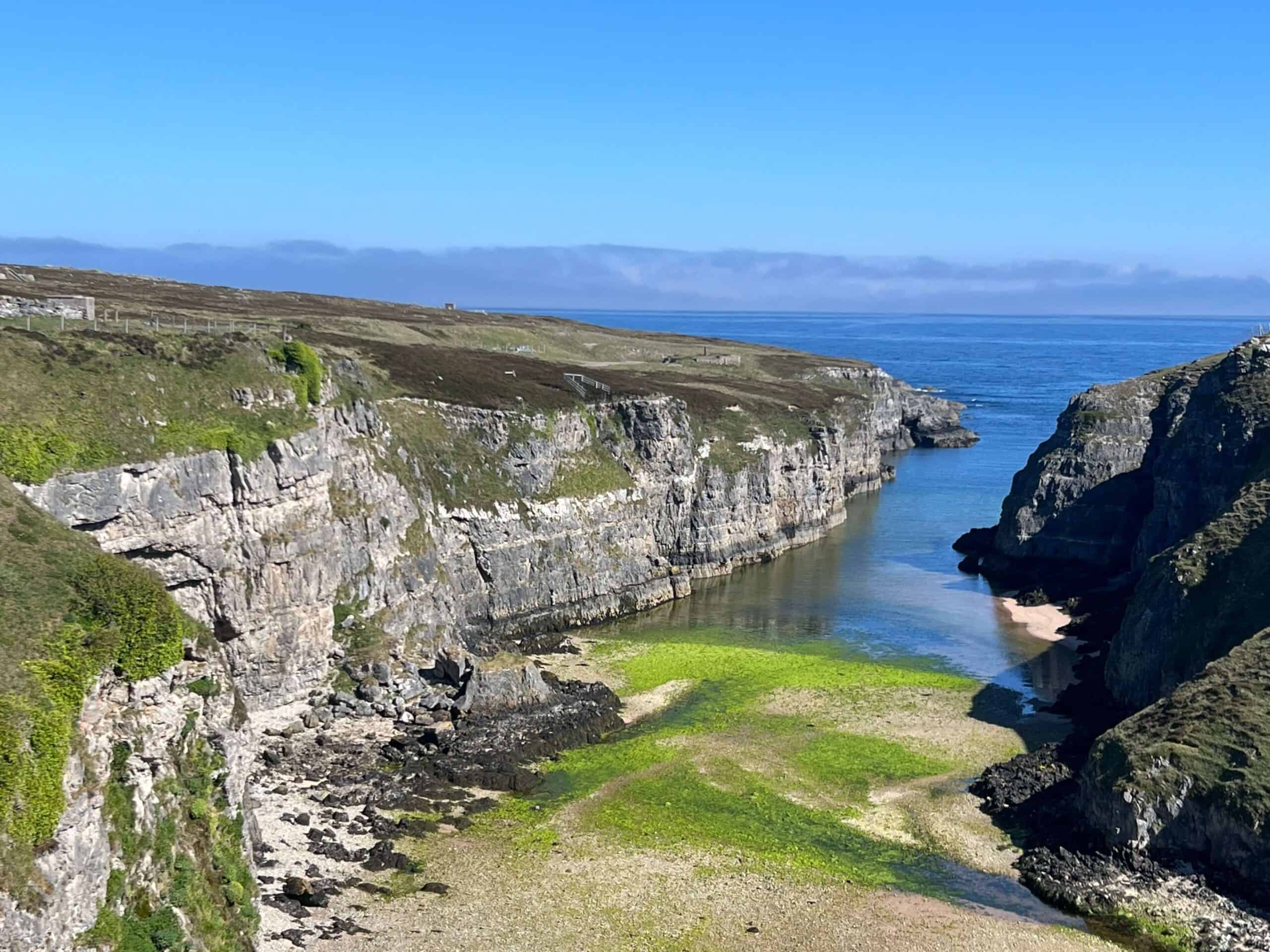
Hiring a Car? Start in Inverness – and Hope for Seagulls
We picked up our rental car at Inverness Airport, which was a convenient and logical starting point for the loop. However, our rental car was almost entirely covered in seagull poop, to the point that the rental company gave us a free upgrade. Not exactly the clean start we imagined, but we weren’t complaining once we drove off in a better vehicle than we’d paid for!
Top tip: book early, especially in summer, and choose something comfortable for long drives. Smaller cars are better suited for the single-track roads up north.
It’s Slower Than You Think
The distances on the NC500 aren’t huge, but the narrow roads, passing places, and scenic photo stops slow things down a lot. We found that driving three to four hours a day was plenty—it gave us time to explore without feeling rushed or too exhausted.
The West Coast, in particular, requires patience behind the wheel. But trust me—it’s worth it.
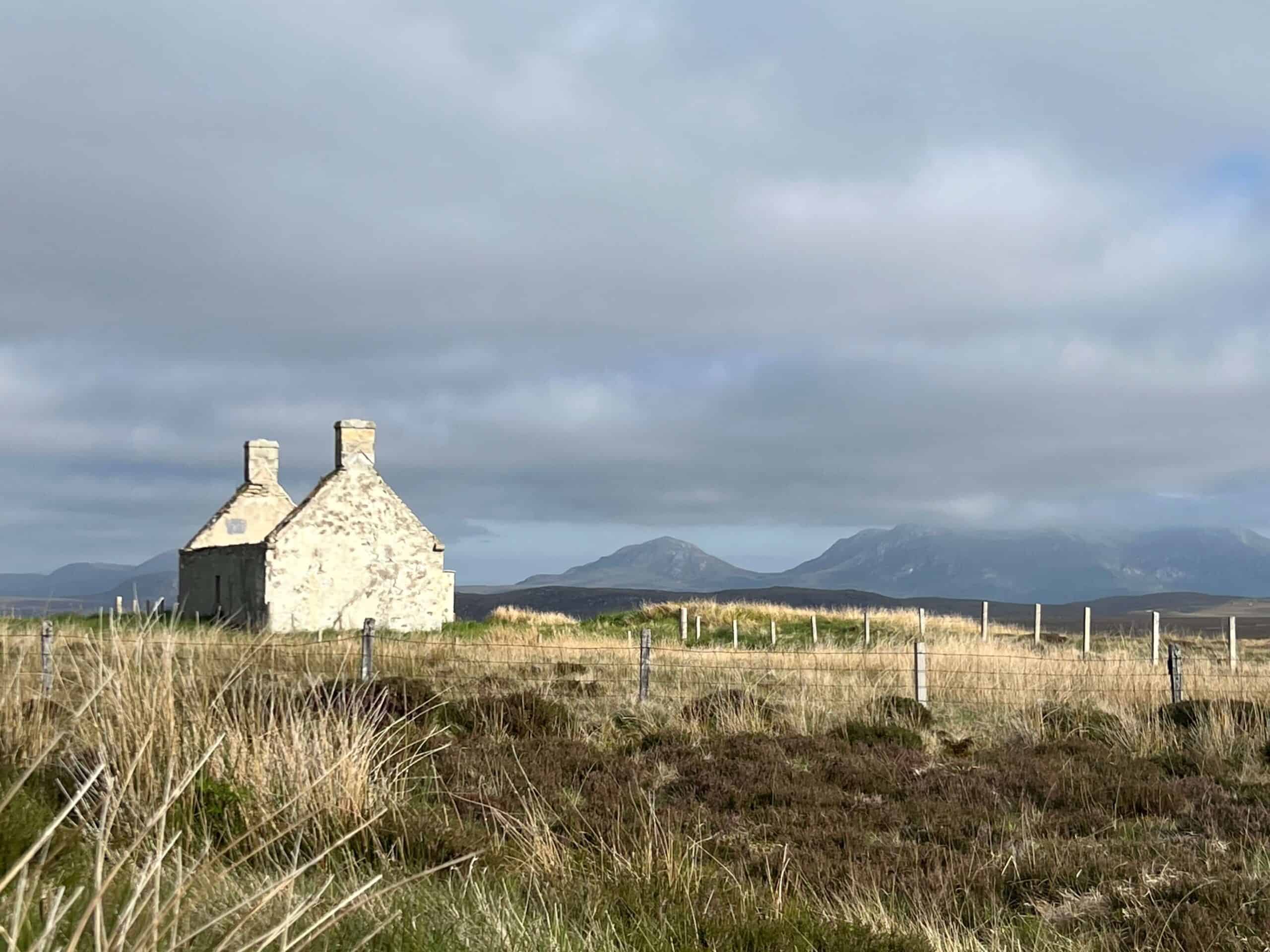
Don’t Count on Wildlife – But Keep Your Eyes Open
We went hoping to spot dolphins, puffins, otters, maybe even an eagle—but weren’t particularly lucky on that front. That said, we did get our Highland cow moment near Applecross, which felt like a rite of passage on the NC500. Fluffy, iconic, and completely unbothered by passing tourists.

If you’re keen on wildlife, bring binoculars and a lot of patience. Chanonry Point near Inverness is a popular spot for dolphin-watching, and yes, we did actually see one, albeit at a distance.
If you have time for a detour, Handa Island is reportedly known for its seabirds during nesting season, although we didn’t make it there.
Pack Snacks, Layers, and Patience
Fuel stations and supermarkets can be few and far between, especially on the West Coast. It’s a good idea to stock up when you see them—the same goes for snacks, sandwiches, or that crucial emergency chocolate.
Also, pack for all seasons. We had sunshine, wind, drizzle, and full-on rain—sometimes in a single day. Layers are your friend, and a decent waterproof jacket is essential.
Embrace the Quirky – Like Petting Zoos and Nail Nipping Donkeys
One of the more unexpected highlights of the trip was our B&B in John O’Groats, which had its own little petting zoo. Nothing fancy—just some friendly sheep and a couple of donkeys—but it added a fun touch to the stay and brought out our inner child.
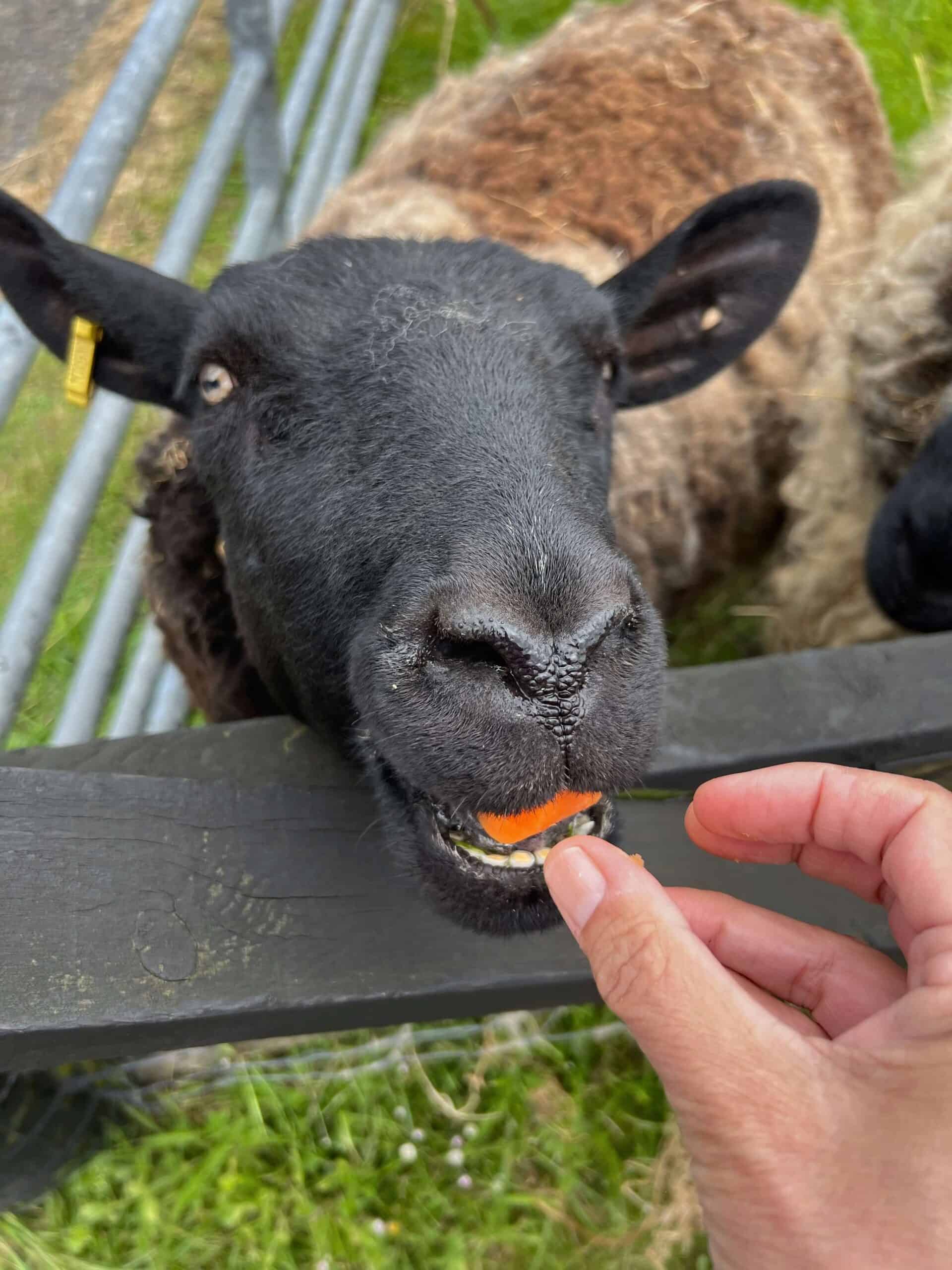
I offered one of the donkeys a carrot, and let’s just say he was very enthusiastic about accepting it. Not quite the peaceful wildlife encounter I had in mind, but definitely one I won’t forget.
These little quirks—the places you didn’t expect to love, the weird accommodation extras, the unplanned moments—are what really make the NC500 special.
Don’t Miss the Pies – Or the Hot Chocolate
Two food stops absolutely lived up to the hype: Lochinver Larder and Cocoa Mountain.
The pies at Lochinver Larder are legendary for a reason. Whether you go savoury or sweet (or both), it’s worth the detour. We arrived early to ensure we didn’t miss out—and I recommend you do the same. We tried a couple in their cafe and took some for the road and for that evening’s dinner. Yes, they were that good.
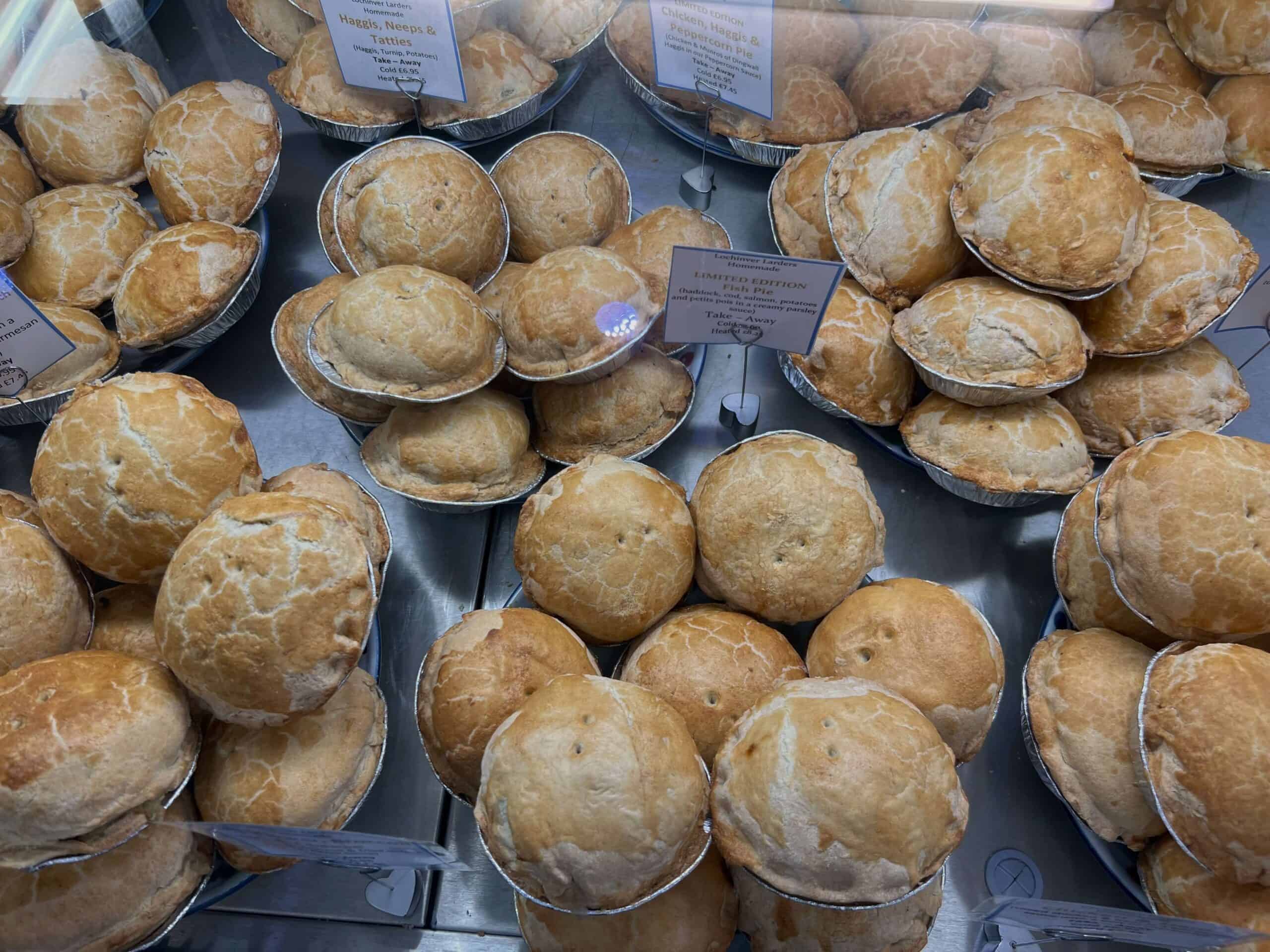
Further north, the hot chocolate at Cocoa Mountain in Durness was hands down one of the best I’ve ever had. Thick, rich, and indulgent—it’s the perfect treat after a windswept walk on the beach. Bonus points if you get a seat outside and sip it while watching the waves. My friend, however, said they didn’t really live up to the hype, but I live in Malta, and we don’t have hot chocolate like this.
Must-See Highlights Along the NC500
While half the fun of the NC500 is pulling over on a whim, some places are absolutely worth planning for. Here are a few standouts from our trip:
Applecross & Bealach na Bà
A dramatic mountain pass with sharp bends and big rewards. Applecross is also an excellent spot for seeing the highland coos up close. And while you are there, enjoy a coffee or lunch at the Applecross Walled Garden.
Lochinver
Quiet, scenic, and home to the pies, although this was one of the few places on our trip where the midges were out in force. Admittedly, we were sitting by the river, hoping to spot an otter.
Smoo Cave
A vast sea cave you can walk into—surprisingly atmospheric.
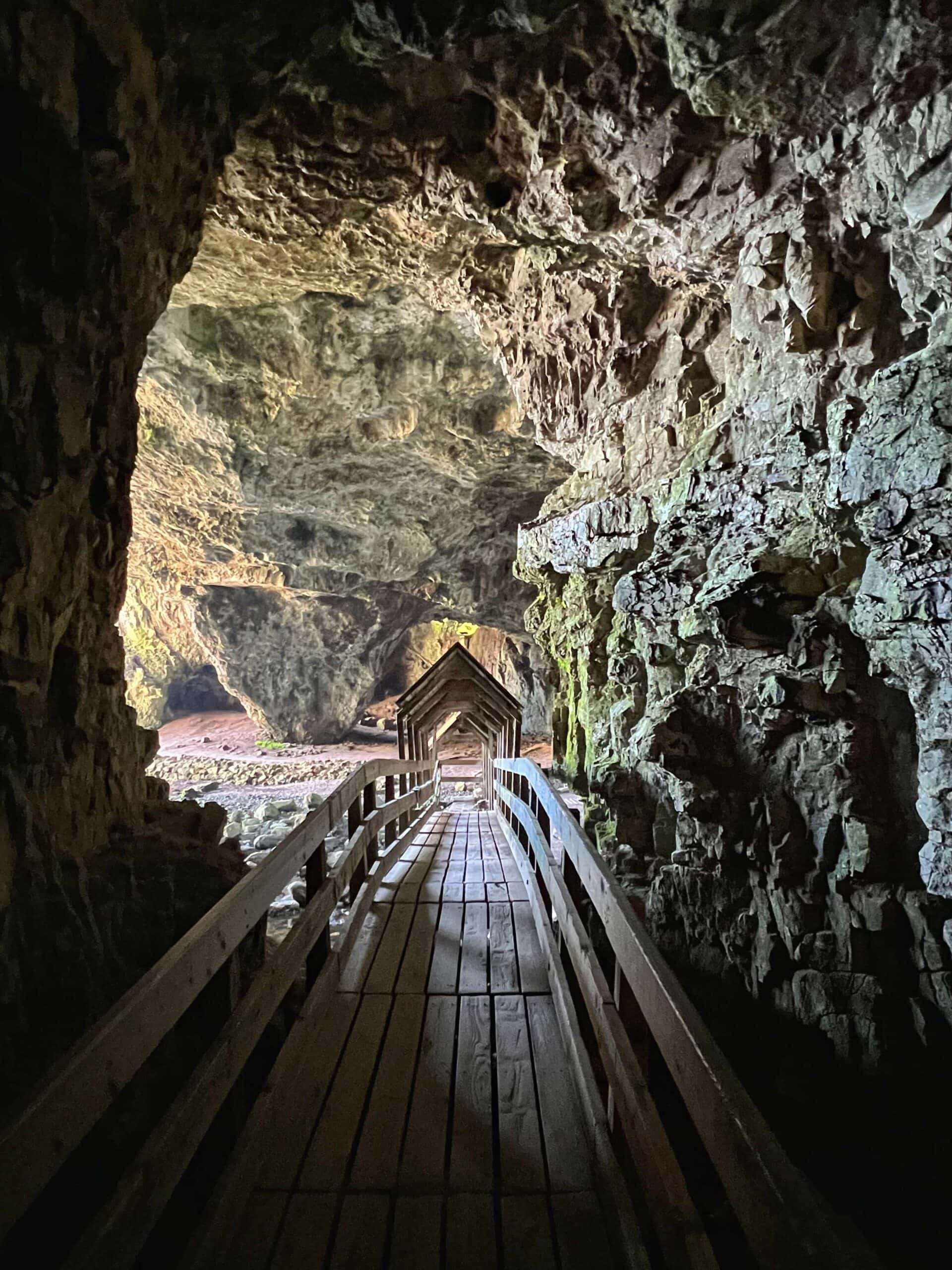
Dunnet Head
The actual northernmost point of mainland Britain, complete with a lighthouse and apparently one of the best spots to see puffins. We didn’t.
John O’Groats
A touristy but iconic stop, and our home for the night with donkeys.
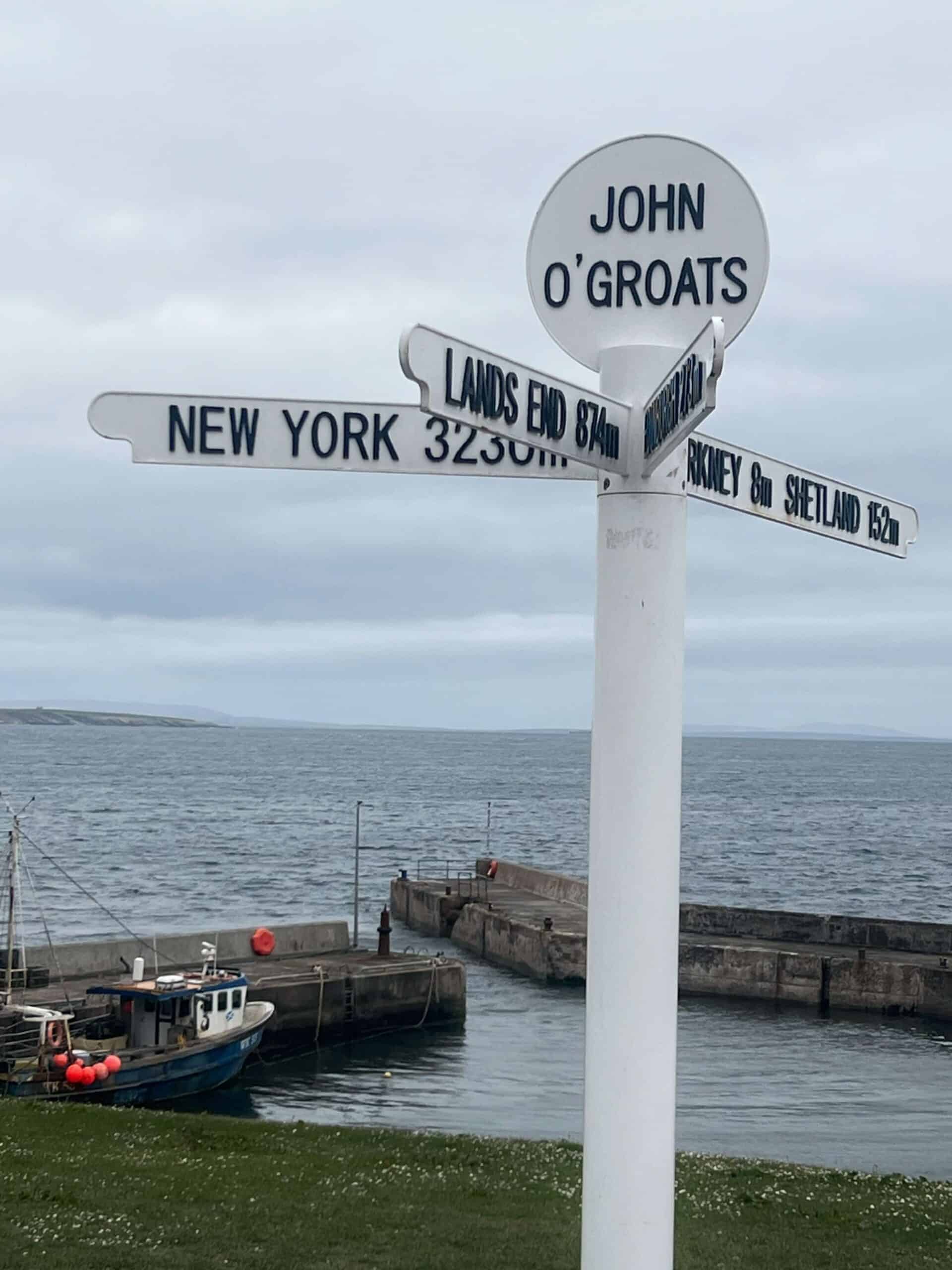
Chanonry Point
Near Inverness and perfect for dolphin-spotting (especially at rising tide).
Ullapool
Ullapool is a lovely little town, one of those ooh, I could live here places. Make sure you have lunch at the Seafood Shack.
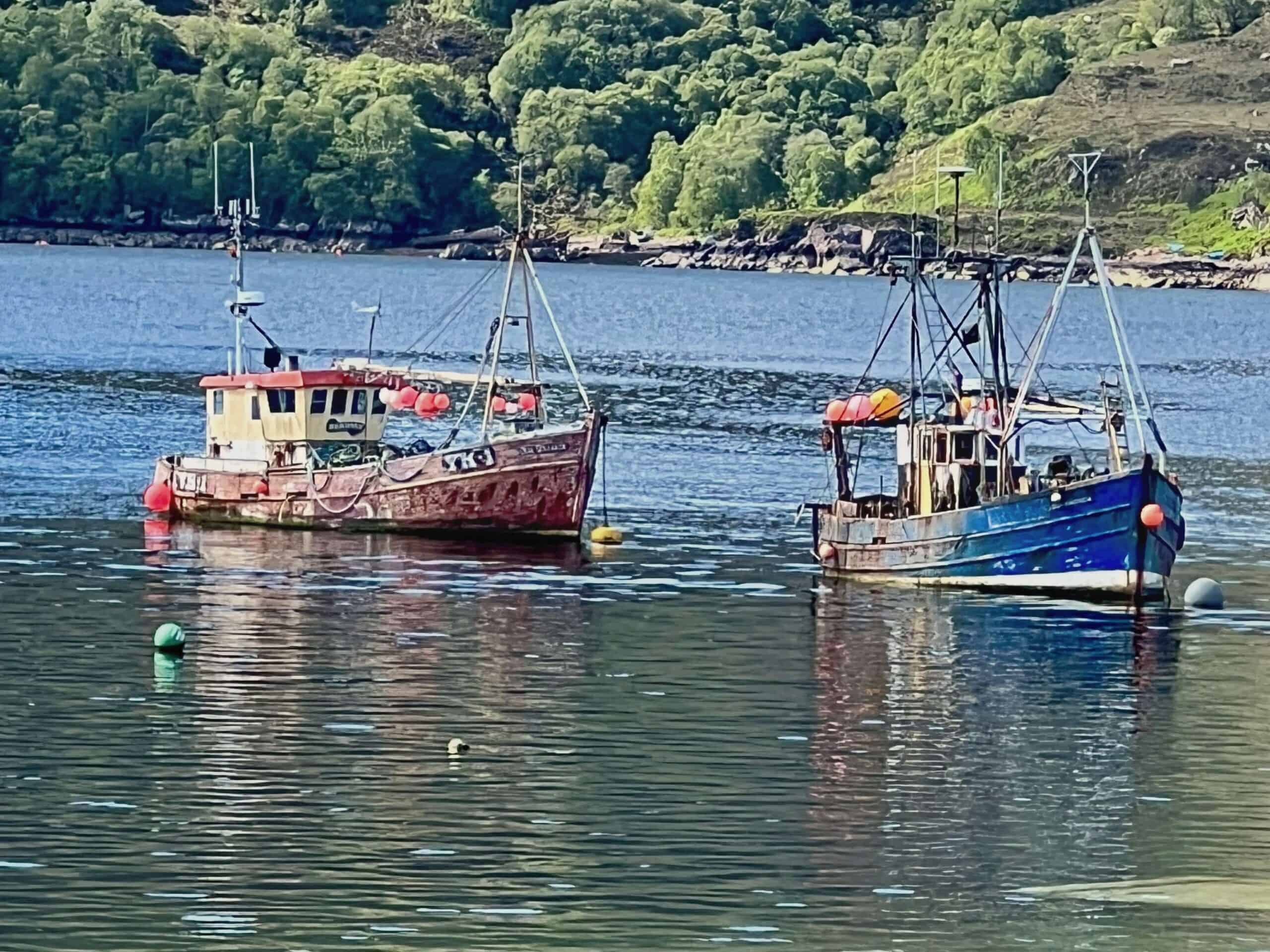
Midges and Ticks: The Less Glamorous Side of the NC500
If you’re heading to the Highlands between late spring and early autumn, you’ll likely encounter midges—tiny flying insects that bite in swarms, especially in still, damp conditions. They’re mostly a nuisance rather than a danger, but they can definitely ruin a peaceful sunset if you’re not prepared.
Also worth noting: ticks are commonly found in grassy or wooded areas and can transmit Lyme disease. I am currently on antibiotics due to a reaction to a tick!
Wear long trousers when walking through undergrowth, and perform a quick tick check at the end of the day. A tick remover tool is small, cheap, and worth having in your bag, just in case.
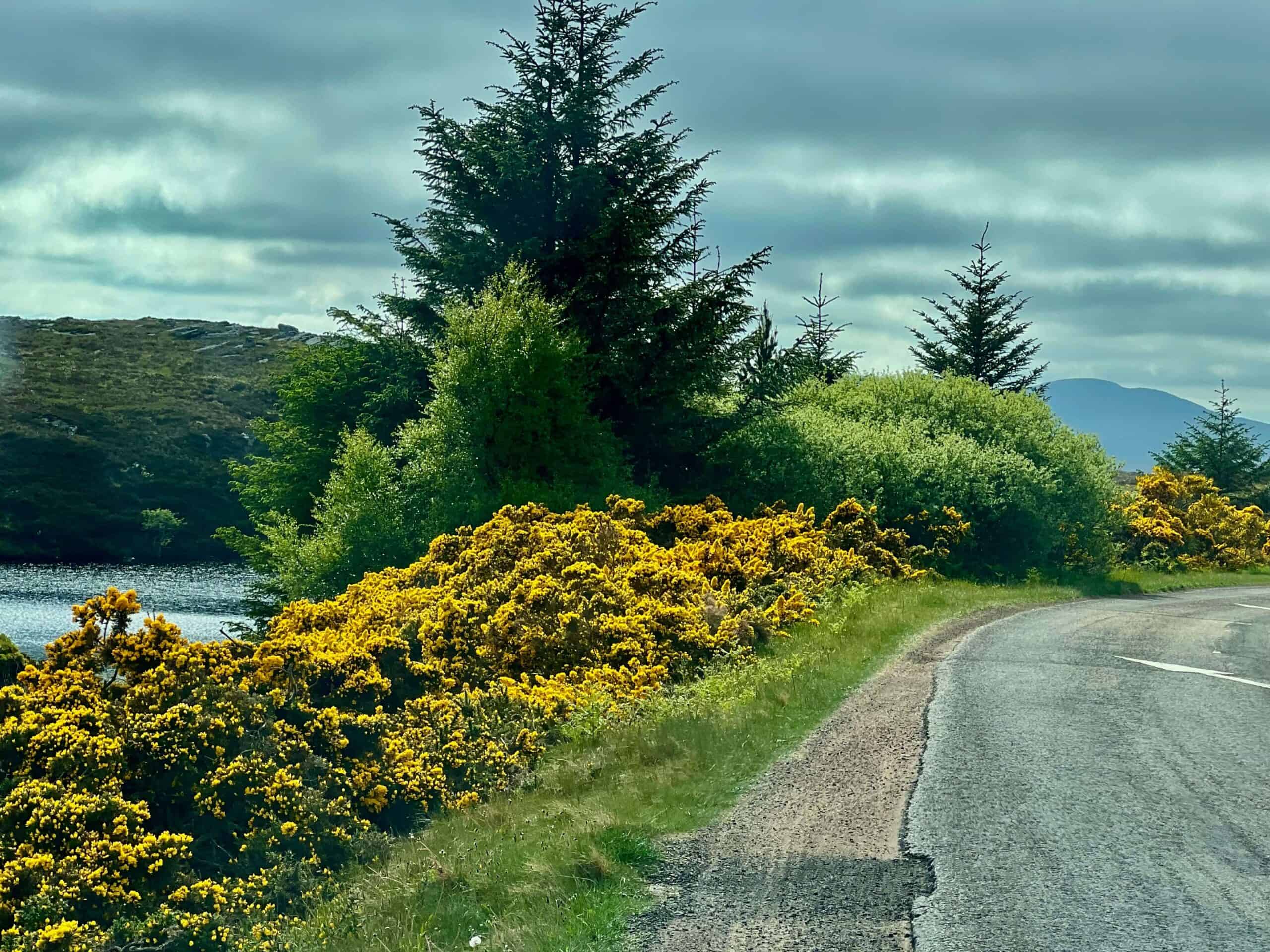
Final Thoughts On The NC500 Road Trip
The NC500 is a road trip that lives up to the hype—but it’s not just about the scenery. It’s about how the route makes you slow down. It’s the early-morning mist on the lochs, the towns that feel like time forgot them, and yes—even the shared hostel kitchens and seagull-covered rental cars.
If you’re considering doing it, go ahead. Plan the basics, but leave room for detours, donkeys, and whatever else the Highlands throw your way.
Disclaimer: Some of the links on this website are “affiliate links”, meaning that if you click on the link and make a purchase, I will receive a small commission at no extra cost. This helps me to keep my website running and continue to share my travelling knowledge with you. Thank you for using the links on my website.
Save This Pin For Later
